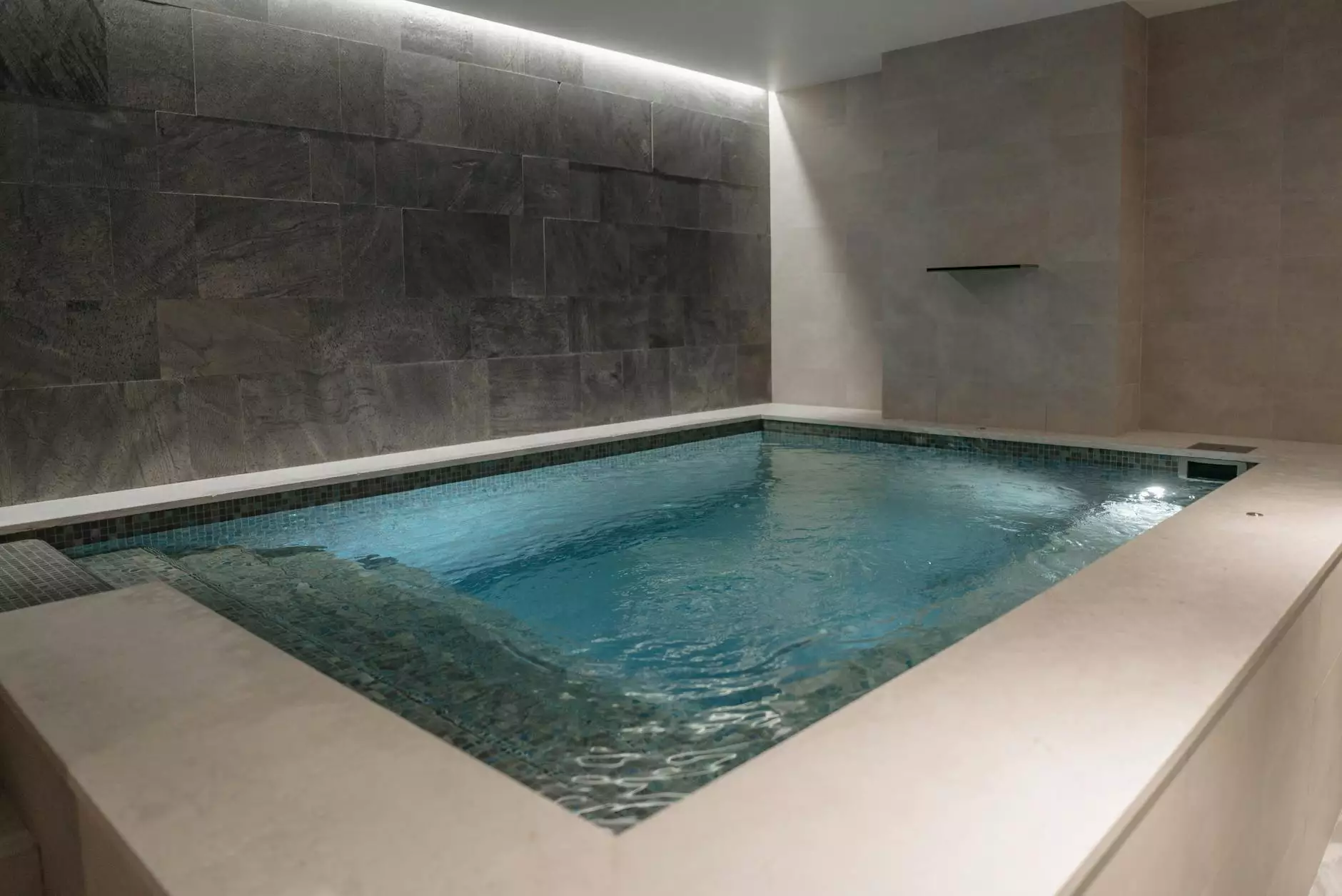The Beauty of Asymmetrical Meter in Music

Music is a universal language, transcending cultures and generations. Among the diverse elements that create the character of a musical piece, rhythm plays a pivotal role. Within this realm, the concept of asymmetrical meter stands out as a vibrant force that enriches compositions. This article delves into the significance of asymmetrical meter, exploring its intricacies, applications, and impact on modern music-making.
Understanding Asymmetrical Meter
At its core, asymmetrical meter refers to a rhythmic structure that does not conform to traditional, evenly divided time signatures. Unlike conventional meters such as 4/4 or 3/4, where the beats are organized in expected patterns, asymmetrical meter introduces unique groupings that often challenge both musicians and listeners. This quality creates a sense of unpredictability and depth within a musical piece.
Characteristics of Asymmetrical Meter
Asymmetrical meters are characterized by:
- Inequalities in Beat Grouping: As opposed to standard divisions, asymmetric meters often group beats in odd combinations, such as 5/8, 7/8, or 11/8.
- Complex Rhythmic Feel: Musicians can achieve a *swinging* or *funky* feel that strays from the confines of predictable rhythms.
- Dynamic Expressiveness: Asymmetrical meter allows for greater expressiveness in the music, creating tension and release that delights the listener.
The Historical Context of Asymmetrical Meter
The use of asymmetrical meter can be traced back through various musical traditions. In Eastern European folk music, for example, dancers often employ these irregular rhythms, leading to lively and engaging performances. Likewise, the influence of African rhythmic patterns can be seen in countless genres, showcasing how cultures have embraced asymmetry in their musical expressions.
Jazz and Asymmetrical Meter
The jazz genre is particularly notable for its use of asymmetrical meter. Musicians often improvise over unconventional time signatures, creating a rich tapestry of sound that keeps audiences captivated. Iconic figures such as Dave Brubeck and Joe Morello utilized these rhythms in compositions like "Take Five," which is set in the distinctive 5/4 time signature.
Application of Asymmetrical Meter in Contemporary Music
In contemporary music, asymmetrical meter has found its way into various genres including rock, pop, and electronic music. This innovation not only enhances the complexity of compositions but also encourages musicians to experiment and push boundaries. Artists seek to engage listeners through rhythmically intriguing structures, helping them stand out in a crowded market.
Notable Examples of Asymmetrical Meter in Modern Compositions
Here are some striking examples of asymmetrical meters in contemporary music:
- “Money” by Pink Floyd: The iconic track features sections in 7/4 and 4/4, providing listeners with unexpected rhythmic shifts.
- “Seven Days” by Sting: This song creatively employs a 5/4 time signature, demonstrating how asymmetrical meter can flow within a pop context.
- “Black Dog” by Led Zeppelin: The shifting meters create a complex listening experience, showcasing the band's innovative approach to rhythm.
Why Use Asymmetrical Meter?
The inclusion of asymmetrical meter in music offers several benefits:
- Enhances Creativity: Composers are pushed to think outside the box, encouraging unique ideas and arrangements.
- Increases Engagement: Listeners are drawn in by unpredictable rhythms, leaving them keenly interested in the music.
- Evokes Emotions: The distinct ebb and flow of asymmetrical meter can stir emotional responses, enhancing the overall experience.
Learning to Work with Asymmetrical Meter
For musicians looking to incorporate asymmetrical meter into their repertoire, understanding its applications is crucial. Here are some tips to effectively utilize this rhythmic structure:
1. Start with Simple Patterns
Begin by familiarizing yourself with basic asymmetrical time signatures. Practice playing or clapping patterns in 5/8 or 7/8 to develop a comfortable rhythm. Gradually increase the complexity as your skills improve.
2. Listen and Analyze
Study compositions that effectively use asymmetrical meter. Analyze how these rhythms are woven into the fabric of the music to appreciate their emotional and structural significance.
3. Experiment with Composition
Try composing your own pieces using asymmetrical meters. Don’t be afraid to break traditional forms — creativity is key!
4. Collaborate with Other Musicians
Engaging with other musicians can foster new ideas and approaches to using asymmetrical meter. Collaboration encourages exploration and spontaneity.
5. Use Technology
Utilize music software to experiment with rhythms. Digital audio workstations (DAWs) offer tools to easily visualize and manipulate time signatures.
The Future of Asymmetrical Meter in Music
As musical styles continue to develop, the future of asymmetrical meter looks promising. With innovations in technology and an ever-evolving landscape of genres, composers are more empowered than ever to explore unconventional time signatures. Audiences, always seeking fresh experiences, are likely to embrace these rhythmic explorations passionately.
Conclusion
As we conclude this exploration of asymmetrical meter, it is evident that this rhythmic concept plays a crucial role in shaping the music of our time. From its historical roots to its modern applications, asymmetrical meter provides musicians with a powerful tool for creativity. As artists continue to innovate and engage with this unique aspect of rhythm, we can look forward to an exciting future of evolving musical landscapes. So, whether you are a musician, a composer, or a listener, embracing asymmetrical meter can unlock new dimensions of musical expression.
Call to Action
For more insights into the world of music, visit The Sound Stew. Stay tuned for our upcoming articles that delve deep into various facets of music theory, trends, and techniques to enrich your understanding and appreciation of this beautiful art form.









